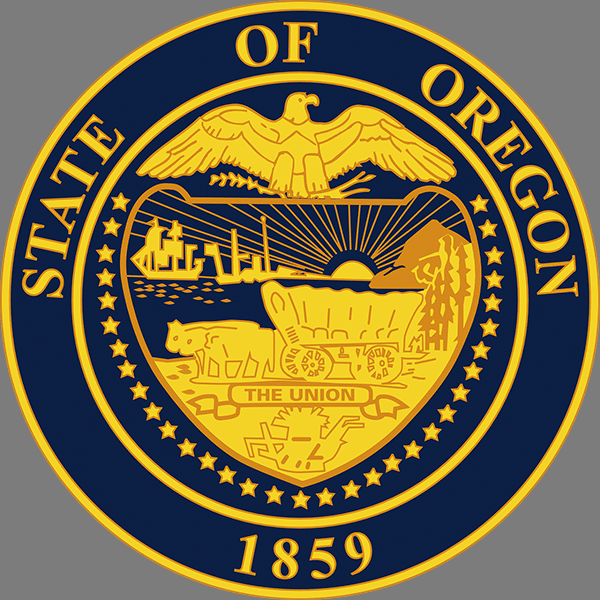Rural broadband providers have an opportunity to take advantage of the explosive demand for data centers, according to CoBank Lead Economist of Digital Infrastructure Jeff Johnston.
Johnston, leading a session at the NTCA–The Rural Broadband Association RTIME conference in San Antonio, Texas today, began by describing the growth in data needs due to the COVID-19 pandemic and the demands of artificial intelligence (AI).
According to Johnston, the average annual data demand increased from 16 Zettabytes during 2011–2019 to 71 Zettabytes during the COVID pandemic (2020–2021) to 124 Zettabytes today. This is expected to increase more than 200%, to 394 Zettabytes, by 2028. (A Zettabyte equals one billion Terabytes, or one sextillion bytes.)
Another data point: Three major technology companies — Amazon, Google, and Microsoft — increased their data center capital expenditures to $235 billion in 2024, a 50% increase from the year before. This year, they are expected to increase those expenditures to $350 billion, Johnston said.
The demand for data centers is growing exponentially. “By 2030, we need to double the total data center capacity built since 2000,” Johnston said. He expressed his belief that — because ChatGPT-4 was released in March 2023, and it takes about two years to build a data center — the data center construction happening now is an answer to the demands of the COVID era and does not yet represent a response to the demands of AI.
Data Centers, Rural Areas, and Broadband Providers
The reason companies wanting to build data centers are looking to rural areas is, primarily, the generation of surplus power in those areas and the relatively low cost of land. Johnston described two “buckets” of data used by AI, and where the data centers for each must be located:
- The “inference bucket” is where AI applications themselves are stored. These data centers require less power — because they are less data-intensive — but must be located near metro areas, where more users are based.
- The “AI-learning bucket” is where large language models and AI knowledge bases are housed, and where their information grows as they become more sophisticated. These can be located anywhere — hence the desirability of rural areas.
The AI learning buckets are extremely data-intensive and become more so as they expand. Johnston shared the example of ChatGPT: The company’s parameter count — the amount of data used by AI applications is measured in parameters — rose from 117 million (2018) to 1.5 billion (2019) to 175 billion (2020) to 1.8 trillion (2023). These numbers grow higher as AI applications expand their knowledge base.
Referring to “hyperscalers” — large data companies like Amazon Web Services, Google Cloud, and Microsoft Azure — Johnston said they are quickly approaching rural communities hoping to build data centers: “It’s a land grab, and speed is everything.”
He listed several opportunities for broadband providers as data centers come to their communities:
- Providing fiber. Rural broadband providers often have the opportunity to do what they do best — provide fiber connectivity — for new data centers in their communities. During the Q&A session after Johnston’s talk, he was asked whether hyperscalers would overbuild these providers. He said, “If you’ve got the capacity and you’re supporting a data center, and there are no issues, I struggle with why they would overbuild you. That’s not how they’re making money. If they have an existing campus and a third-party provider is doing a good job providing fiber, you may be able to get a long-term lease.”
- Increasing the speed of data center construction. Local broadband operators can help hyperscalers expedite the construction of data centers by helping them connect to local resources, assisting with permitting issues, and providing the fiber connectivity these data centers require.
- Partnering with electric utilities. Johnston said local electric generation and transmission (G&T) utilities are “getting the first call” when hyperscalers come to town. Because data centers require large amounts of electricity, they are built where power is available. Broadband companies partnering with electric utility companies will be well-positioned to be called on when data centers are built in the community.
- Connecting unserved homes. Johnston described this as a “secondary benefit,” but said that depending on where data centers are built, providers may be able “to pencil that out” and bring service to underserved homes.



